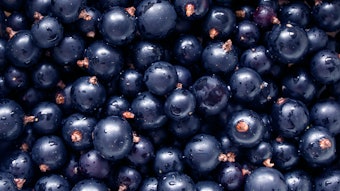Raw milk has a characteristic flavour although it is generally considered to be bland and of low intensity. The sensory perception is mainly determined by its physical nature: the pleasant mouth feel resulting from the emulsion of the fat globules in an aqueous colloidal protein phase and a slightly salty/sweet taste from the milk salts and lactose. However, since virtually all milk receives some degree of heat-treatment to improve its keeping qualities the flavour of raw milk has little relevance; fresh pasteurized milk, free of defects, is normally regarded as good quality milk. Although chemical changes occur in milk as a result of even the mildest heat-treatment, flavour defects are usually considered to be flavour notes not normally found in good quality, pasteurized milk.
A great many volatile compounds have been isolated from milk since dimethyl sulphide was shown to be an important constituent of raw milk. Workers in the Netherlands have recently isolated over 300 volatile compounds from good quality pasteurized milk. The aroma concentrate obtained from the milk by vacuum distillation, freeze concentration, extraction and micro-concentration was analysed by coupled glass-capillary gas chromatography/mass spectrometry and the volatile compounds that were positively identified are listed below.










